
Endoscopic Midface Rejuvenation – Facelift
As our face ages, in addition to wrinkles on the skin, tissue sagging, more pronounced natural grooves, and volume loss in fatty tissues are observed.
After middle age, particularly in the zygomatic area (cheekbones), tissue loses volume, shifts downward, and the cheek-lip line becomes more prominent.
Correcting this appearance provides a younger and more attractive look. To achieve this, fat injections can be used, or during forehead lifts and brow lifts, an endoscope can be inserted through incisions made in the scalp to lift the sagging tissues in the zygoma area upward, correcting the volume loss, sagging, and prominent grooves in that region.
How Is Endoscopic Midface Rejuvenation Performed?
The structures located in the midface include the lower eyelids, cheeks, and cheekbones. With advancing age, the fullness in the cheeks begins to decrease, resulting in downward sagging.
Subsequently, the midface flattens and loses volume. The face starts to lose its oval shape, often becoming more rectangular. With aging, bags under the lower eyelids also become more noticeable, making the lower eyelid appear elongated.
A deep groove forms between the cheek and the eyelid, known as the tear trough. This look causes people to appear tired and older. Additionally, sagging cheeks create two skin lines between the nose and lips.
These lines are called nasolabial folds. The goal in midface rejuvenation is to restore the lost soft tissue, lift the sagging structures upward, and correct and improve the disrupted lower eyelid–cheek relationship.
Rejuvenation procedures for this area may include lower eyelid surgery (lower blepharoplasty), endoscopic midface lift, midface lifts via the lower lid, midface suspension, fat injections, and fillers.
Who Is a Candidate for Midface Rejuvenation?
People whose midface region has flattened due to aging, whose cheeks have sagged downward, who have developed tear trough deformity, and who have deepened nasolabial folds are suitable candidates for midface rejuvenation surgery.
These issues become more pronounced in middle age. Therefore, midface rejuvenation procedures can be considered early to prevent or improve existing concerns and achieve a youthful appearance.
This procedure is suitable for individuals aged 35–50 who do not need a full facelift but are dissatisfied with the midface area.
What Are the Disadvantages of Midface Rejuvenation Procedures?
One disadvantage of the surgery is that the facial nerves are very close to the area between the cheekbones and the cheeks, and there is a small risk of temporary or rarely permanent limitation in forehead and eyelid movements.
However, with a careful approach and good anatomical knowledge, this risk is generally avoided. Another disadvantage is the swelling (edema) in the cheek and zygoma areas, which may take a long time to subside. Therefore, midface rejuvenation should only be performed by specialized and experienced professionals.
With this approach, a natural and beautiful appearance can be easily achieved. When combined with eyelid surgery, the midface rejuvenation can also be performed through the same incisions used for the eyelid procedure instead of the scalp.
These procedures are now widely preferred due to their innovative and satisfying results. Fillers and fat injections may also be added during the procedure.
PRP
PRP (Platelet Rich Plasma) is a treatment method where purified healing substances obtained from the person’s own blood are injected into the affected area. A blood sample taken from the person is processed using completely natural and contact-free methods to isolate platelet-rich plasma.
Platelets are blood components that support clotting and contain various growth factors or proteins. This means that when injected into the problem area, platelets help the body heal itself faster using its own blood. Tissue regeneration, rejuvenation, and revitalization are promoted.
How Is PRP Applied?
PRP is a treatment method that is easy to apply and is completed in about 40 minutes. In PRP treatment, a blood sample is taken from the patient. This sample is then processed using a centrifuge to obtain plasma rich in platelets.
Platelets are important because they contain growth factors necessary for the repair of injured tissues. These growth factors naturally support the increased production of collagen and, through stem cell factors, contribute to the maximum speed and density of tissue healing.
Thanks to the growth factors, blood circulation also improves. PRP treatment can be applied to many different areas, including the skin, hair loss, and various surgical procedures.
What Are the Stages of PRP Application?
PRP should be applied by a specialist physician. The steps are:
- A blood sample is taken by the specialist. The amount depends on the treatment. For hair loss treatment, approximately 2 milliliters of blood is sufficient.
- The blood is then placed in a centrifuge under sterile and medical conditions. This separates the blood into its components, which takes about 15 minutes.
- The platelets are separated from the other components of the blood.
- Platelets are then collected.
- Ultrasound is used to check the target area before injection, and then the specialist completes the injection.
Where Can PRP Be Applied?
PRP treatment is successfully used to prevent baldness and strengthen hair growth. It is also applied to rejuvenate the skin and support soft tissue healing. Overall, PRP treatment increases the body’s natural healing capacity and speed by 5 to 10 times. Application areas include:
- For both men and women, PRP treatment can reduce hair loss. It is especially recommended for those genetically predisposed to start treatment before hair loss begins.
- PRP can also be used for tendon injuries. It helps heal tissue that connects muscles to bones faster.
- PRP is used to increase skin elasticity and reduce wrinkles.
- It can be applied to the face to give the skin a more natural, lively, and youthful appearance.
- It helps reduce the visibility of facial blemishes, acne, and acne scars.
- After surgery, PRP treatment may be used to aid recovery and repair issues.

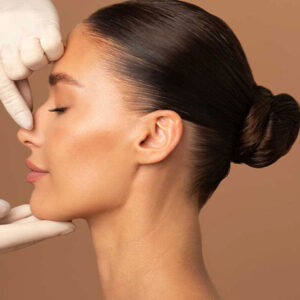
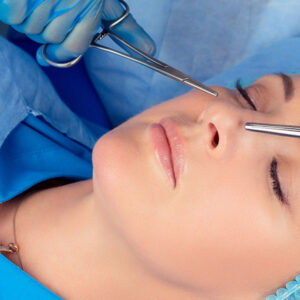
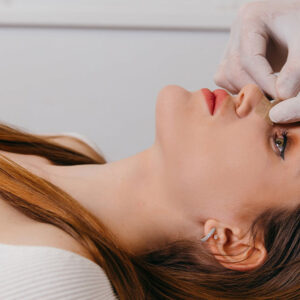
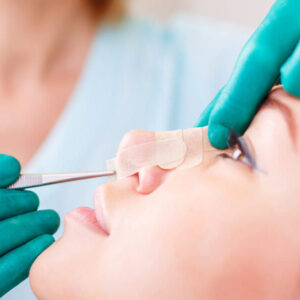
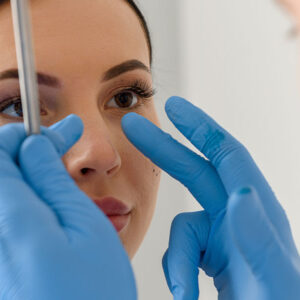





 Türkçe
Türkçe Français
Français Deutsch
Deutsch